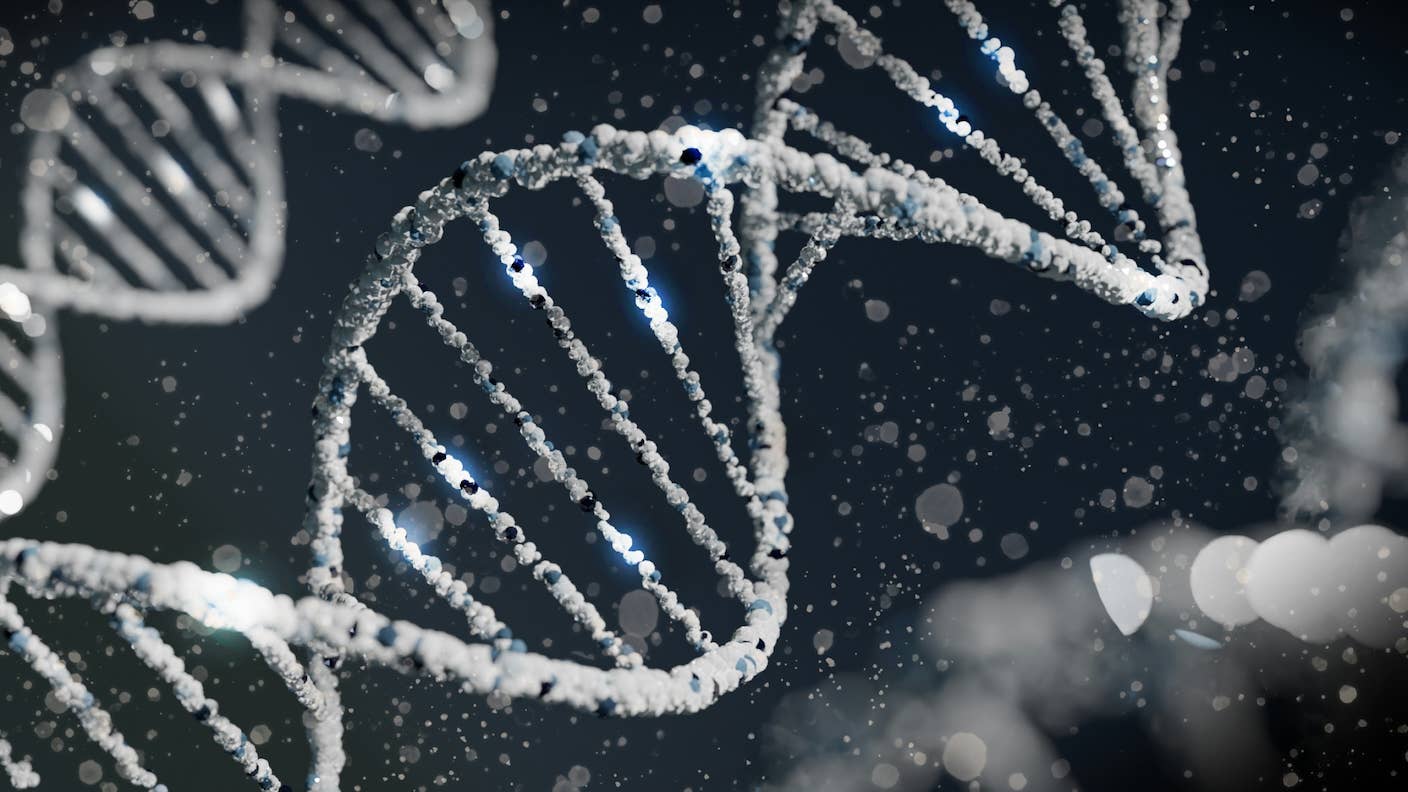How We Can Save Our History One Smartphone at a Time

Share
Our lives today are increasingly digital, so why isn’t our old memorabilia? As we use smartphones and the cloud more often, our pre-digital personal history is falling to pieces, likely unorganized, poorly labeled or barely even accessible.
Family photographs, in particular, are some of the most cherished yet least cared for objects in our daily lives. As this paradox shows, while digital technologies are amplifying some areas of our lives—others are completely left in the dust.
Decades ago, desktop flatbed scanners introduced a new era of digitization. But it was short-lived, as smartphones ultimately took the world by storm, almost entirely bypassing physical media altogether. And now as a result much is at risk of loss.
Ironically, thanks to advances in new technology, we can begin to learn how to better prioritize the forgotten art of archiving our personal histories. Needing only a few seconds to scan an old photo with your smartphone, the barrier to entry is now gone.
Announced earlier this week, Google’s Photoscan aims to bridge the gap between new technology and old record-keeping traditions, transforming everyone who uses the app into amateur archivists (intentionally or not). The app not only scans, but it also auto-adjusts images and uploads digital copies to your larger Google Photos library—which happens to be already auto-organized by AI-based facial scanning and contextual clues.
Now anyone with a smartphone can become a digital curator of their own photographic history with minimal effort, skills or knowledge. And this is only the tip of the iceberg.
Watch the video to learn more:
What makes Photoscan stand out from other scanner apps? Ease-of-use, auto-editing, AI integration, but perhaps most critically, the larger lifestyle ecosystem it inhabits.
When your emails, calendars, address books and photo libraries are linked together, new opportunities emerge. Imagine how easy it’ll be to send photo albums to your family because everything from their faces to their contact information is interconnected.
But perhaps the biggest implication of the tech is how it impacts one of the oldest traditions we humans have shared through time: record keeping and cultural preservation.
Making archiving easier to preserve our past
The bigger picture here: How do we transition from physical to digital record-keeping without losing too much along the way? What’s worth preserving and what isn’t?
While the market will preserve popular items, individuals play a key role in saving all the rest. Each iteration of media tech will always have lesser-known victims—movies, books, or albums—that escape digitization, doomed to dissolve in the deep abyss of time.
Some of my favorite albums are limited edition vinyl pressings unavailable on any streaming platform. Thankfully, they’re now saved (for the moment) in my collection.
Be Part of the Future
Sign up to receive top stories about groundbreaking technologies and visionary thinkers from SingularityHub.


There are the broad strokes of civilizational importance—saved by larger organizations— and then there are the fine-grained bits and pieces and memories that are priceless to families and friends. These latter often fall to dust as their owners pass away.
Largely a lost art, due to the transient nature of social media nowadays, many folks consider “backups” of digital media optional, never mind physical objects. For this reason, developing tools to empower individuals to become better record keepers and amateur archivists has never been more important.
DIY projects aimed at individuals, such as “Digitize The Planet” are teaching anyone how to become an amateur archivist in hopes that this effort could eventually save all physical media on the planet as a digital copy.
Other noteworthy archival tech advances include ways to read books without actually touching them, resurrecting models of ancient life forms through 3D printing, re-building destroyed physical monuments using 3D modeling, and even major libraries are now offering entire online digitized collections too.
We’re clearly going all in on digital archiving, but it too has drawbacks.
Our current standard digital storage methods are woefully inadequate for long-term preservation. Outdated as it is in some contexts, film as a medium still lasts far longer than spinning disc hard drives, and solid state hard drives can only be written to so many times before they too fail. For all that digital storage offers—even today, physical media like LTO storage tapes are still the standard long-term solution for digital files.
The good news? Even our storage methodologies may improve soon—from billion plus year storage on 5D etched quartz to using DNA as a storage medium. We’re not quite there yet—don’t be surprised when you can’t buy a DNA hard drive anywhere today. But new, even more durable forms of digital storage are on the horizon.
Much of our world can be backed up as long as we make sure to properly safeguard the information itself, as well as the means and tools we use to store and share knowledge.
Isn't it exciting to imagine what breadcrumbs our current civilization will leave for our far-future ancestors? What do you think needs to be saved, and how can you contribute toward that effort?
Image credit: Shutterstock
Andrew operates as a media producer and archivist. Generating backups of critical cultural data, he has worked across various industries — entertainment, art, and technology — telling emerging stories via recording and distribution.
Related Articles

How Scientists Are Growing Computers From Human Brain Cells—and Why They Want to Keep Doing It

Scientists Say We Need a Circular Space Economy to Avoid Trashing Orbit

Scientists Race to Deliver Custom Gene Therapies for Incurable Diseases in Weeks—Not Years
What we’re reading